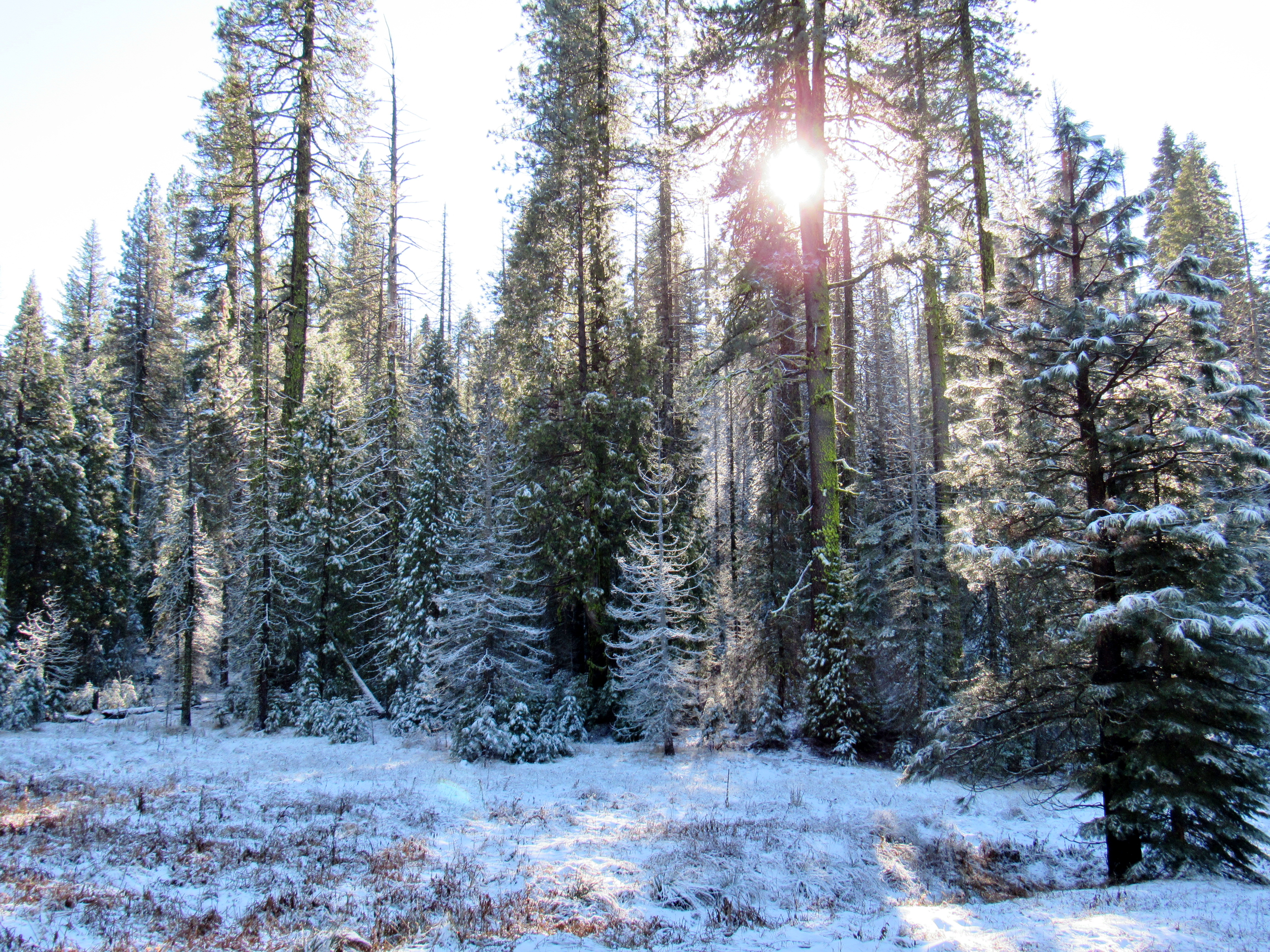Merry Christmas!

Merry Christmas, fellow naturalists and nature lovers, admirers and protectors of all things wild and beautiful! May you find time this Season to enjoy a quiet walk through snowy woods, watch the birds at your backyard feeders and savor the abundance of natural beauty that is found at Christmastime! May you find new ways to connect with loved ones, creation and its Creator, shining Light into the bleakest days of the year! And may you first accept and then share the greatest Gift of all, the Hope and Peace, the Joy and Love that is the only Reason we celebrate Christmas: Jesus, Immanuel, God With Us!









